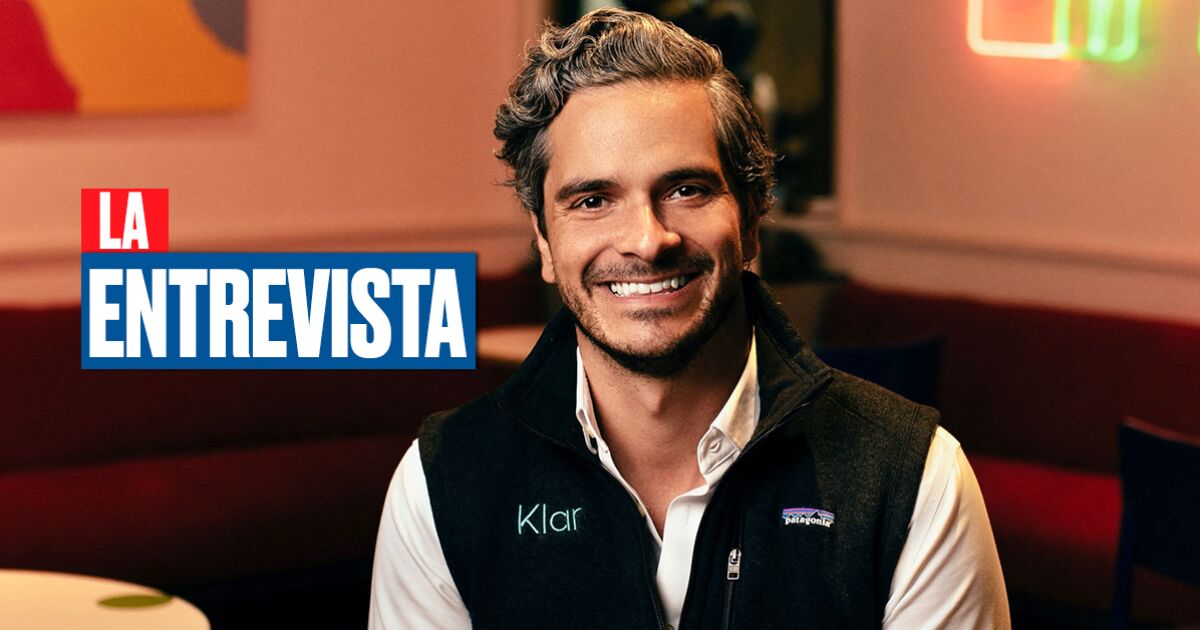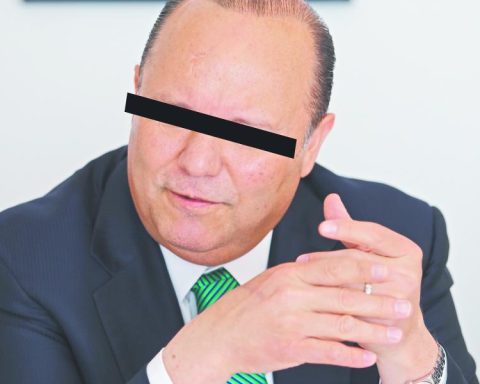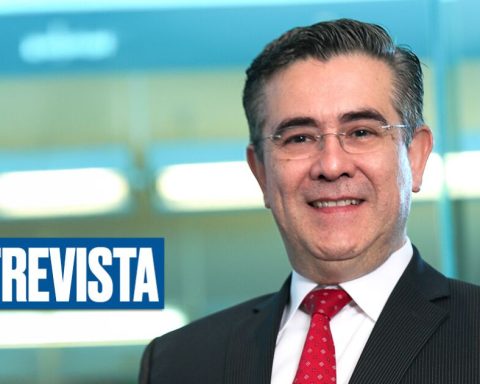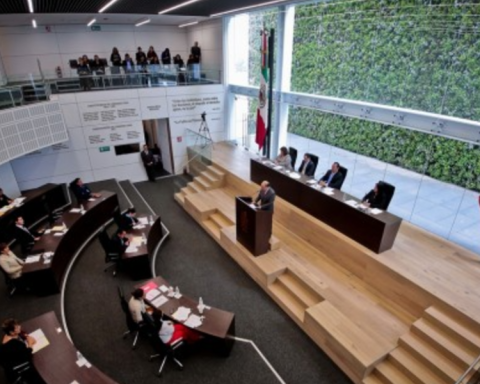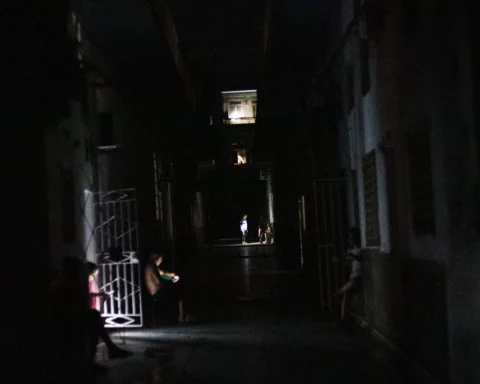“Today we generate monthly income of more than 18 million dollars. We will close the year with monthly income of more than 20 million dollars and this income, with the gross margin that we can generate by having such an efficient operation, where the cost of Serving a user is 80 cents a month, we reach a break-even point where the business sustains itself,” says Möller.
By 2025, Möller seeks to consolidate and strengthen the company which, with data from the regulator as of June, is the second largest by number of clients.
Klar has budgeted an investment of 100 million dollars in the next 12 months that it will use in its technological platform as well as in the promotion and acquisition of new clients.
“From a cost point of view, (the platform) is already where it needs to be, but in this world of cybersecurity, we must continue investing to always have it in its best shape,” he added.
Möller bets that Klar’s strategy also has to do with the attention its customers receive. For example, Klar is one of the Sofipos that gained popularity when it entered the “rate war” and offered its clients returns of up to 17%.
In surveys that the platform conducted with its users, 90% had not previously received remuneration for having their money with their bank and between 40 and 45% of users had never accessed credit.
“65% of our users who had a credit history have had a weekly collection credit product and these are products, with all due respect to colleagues who collect weekly, not very friendly because the user has quite high rates and they do not have grace periods,” he said.
An analysis by Moody’s Local, published last August, highlights that Sofipos have the challenge in the medium term of showing the sustainability of the returns strategy to their clients. “The capacity that these entities will have to place credit in a way that can sustain the pace at which their deposit franchises grow, while maintaining placement standards, will be a significant credit challenge,” Moody’s considered.
The plans of Klar, the fourth largest Sofipo by number of assets, does not have in its short-term plans to request a banking license as other of its competitors have done.
Möller notes that the company feels comfortable operating under the Sofipo license (after the purchase of Sefia). “The user has enough confidence in it to have their payroll, their savings and their card where they put their purchases there,” he added.
However, Klar could soon take out the portfolio to make an acquisition: “It is in the panorama of potential actions, but it must be specified. I can’t say where the strategy is going yet,” he said.
An economic slowdown that does not impede growth
Mexico’s economic outlook has been declining in recent months. From the Bank of Mexico (Banxico) to the International Monetary Fund (IMF) they estimate that Mexico’s GDP in 2024 will be 1.5% and even lower in 2025.
The dynamism in credit goes hand in hand with this growth in the economy, but Klar estimates that this slowdown will not have a negative impact on the business.
“We are observing with great interest how the economic indicators of the new administration develop. I believe that we are not the only ones. So far we do not see signs of deterioration in the short or medium term,” he considered.
The manager is confident that Mexico has a unique opportunity that could allow it to reduce the degree of labor informality and at the same time increase banking use.
“Nothing is better for us than instead of them working informally doing jobs, for them to have a job in a factory in the north of the country; that for us is extraordinary because in this way the advantage that we believe Mexico has is cascading,” he added. .
